|
Spend 15 minutes playing along with a recording.
Have fun. David
0 Comments
This African rhythm is found throughout the popular music of the Americas for centuries. Here it is applied in a jazz context. You will hear it in the introduction of "The Entertainer" by Scott Joplin, The Charleston by Green Hill, and Chinatown by Teddy Wilson. It is still heard today loudly emanating from the cars of young men. Jelly Roll Morton called it the "Spanish tinge." You can hear it in "The Crave." It is also called the Habanera Rhythm as heard in the introduction of St. Louis Blues.
Learning the melodies to jazz standards will save you a lot of time and bother. The thesis is this.
David
The teacher practices Jazz Last weekend I went to my first jazz jam with my Vibraphone aka my Malletkat GS Grand. We were a quartet of Tenor Sax/Flute, Vibes, Bass, and Drums. I survived with my dignity intact, but I’ve a few discoveries and confessions to share.
On the plus side, I knew all the tunes from years of playing and teaching jazz piano plus my jazz time and feel is strong. Here is the practice regime I began to follow to improve my jazz experience. Tune: Satin Doll by Ellington/Strayhorn
If I can help you with your jazz piano journey, call me. David BTW: In the era of Ai content generation, a human wrote this blog.
Learning Blue Bossa in 6 KeysMaterials required:
Lesson to play in 6 keys:
3. Play the melody in the following keys: Cm, Am, Em, Dm, and Gm. Follow the instructions in step 1 after you review the natural minor scales and the major scales ½ step above these minor scales.
4. Now add the chords. To transpose the chords, you must do the following steps. Write out the c natural minor scale: C D Eb F G Ab Bb C. Directly below these letters write the scale of the new key, say f minor: F G Ab Bb C Db Eb F. Be sure the letters line up. C is directly above F and so on. Then, C minor chord becomes F minor chord, F minor chord becomes Bb minor and so on. Write out the scale of Db: Db Eb F Gb Ab Bb C Db and then the scale ½ step above f minor, in this case Gb: Gb Ab Bb Cb Db Eb F Gb. The chord qualities, of course, remain the same. 5. What do we learn?
David I've used a simplified "lick" from a Wynton Kelly recording of Autumn Leaves. You may recognize it. Here is a method to integrate this, or any other "jazz lick" into your playing. First, play the lick as written, then write out the lick in the keys of C, Eb, F, G, Gb using the following steps. Materials needed:
Prerequisite knowledge required:
Steps:
Have fun. Learning tunes from a fake book is the hard way to go about things. Here is the Bill McBernie method of jazz practice in which you play by ear to multiple recordings. I could recall the basic outline of the tune "A foggy day" from playing it years ago. That helped. (If you don't know the tune, you must listen until you can sing along.) Below are the recordings and the order in which I played them. Some were played numerous times as I recalled more of the melody and figured out the key. The song was played in the keys of F, C, Eb, and Bb. I played along on vibes, not piano. I focused only on the melody . As the practicing progressed, I began to recall and understand the chords. Today I was playing it on the piano, from memory, with the chords. David
Here is my top 10 list of skills to work on ahead of camp. You don't need to be an expert, but you will need some familiarity with the following skills and activities.
1. Comping and voice leading chords. 2. Practice sightreading simple chord charts like blues in Bb and F, Summertime, Killer Joe, etc. Click out the Aebersold picture for some suggestions. By clicking on the image, you will go to a product page. I don't take a commission. 3. Play along with recordings. 4. Record yourself and listen back. 5. Practice playing louder because drums are loud. 6. Practice your right-hand broken chords for every tune on the Aebersold list. 7. Use a metronome on everything you play and practice. 8. Learn to clap and count aloud eighth note jazz rhythms. 9. Listen to jazz daily. 10. Sign up early to camp because piano spots go quickly. What tunes should you practice? If I can help you, call me. I've attended a dozen jazz camps over the years as a pianist and drummer. David What do we gain by learning Jazz and Pop Standards by ear?
1. We acquire an intuitive understanding of jazz and pop rhythm. 2. We learn the feel of the music, which is something that can't be notated. 3. By playing along with recordings we learn to stay in place. 4. We learn how to solo by acquiring ideas (licks) that we can use in other pieces. 5. We learn how to play our instrument idiomatically by hearing it played in context. 6. We begin to appreciate the depth and scope of jazz and pop history and its eras and players. 7. We learn how to mess with a melody. A first step to soloing with finesse. "Learn the melody, mess with the melody, then mess with the mess" Louis Armstrong If I can help you on your journey, call me. David Revised August 2022 Lesson Plan Materials needed:
Have fun. If I can help, call me. David revised August 2022 Here are my thoughts the acquisition of jazz chops.
1. Learn and memorize tunes by ear. Generations of Jazz musicians have taken this route. If playing by ear is difficult, call me for ear training lessons. 2. Join a band and play as much as possible. A young musician asked Art Blakey how he could improve. "Play every night" was his response. 3. Transcribe like crazy. If this is difficult, I teach music theory. 4. Record everything you do. Recording yourself is the best feedback you have between lessons. 5. Learn more tunes. "The musician with the largest repertoire wins". 6. Practice your technique, at various tempos, with a metronome. All great musicians have a deep sense of time. 7. Play Bach, Debussy, and Faure. Jazz piano is notoriously diminishing of our left-hand skills. I practice classical music to maintain my left-hand piano skills. 8. Keep up your lessons. I’ve been taking lessons for over 50 years. 9. Join a second band that plays only original music. Playing original music solidifies the skills and knowledge of composition, theory, history, leadership, notation, and more. 10. Write original music for solo piano. Bonus. Read and explore the history of jazz prior to heading to jazz school. If I can help you call me. David Revised August 2022 Jamey Aebersold gave an illuminating demonstration this past summer on the importance of being able to skillfully play your instrument. He assembled students in the auditorium at University of Louisville. He then plucked one “lucky contestant/musician/newbie” to join him on stage. (The repeat campers knew what was coming and sat the back of the room). Jamey would then hand them a microphone and instruct them to sing/scat/hauler a jazz solo along with the jazz chords he would randomly play on the piano. Guess what? Everyone could scat. Some sang very well, others just so-so. But the consensus amongst the “singers” was that they could scat better than they could play. Hmmm. “So, the problem wasn’t in your head”, he said, “it’s in your hands”. He continued, “now go home, take lessons, practice like crazy and the jazz will be easier. You can hear the music; you just can’t execute.” (My paraphrasing) Jamey's second reveal, a thin repertoire is symptomatic of larger issues. One morning he asks the musicians, “How many of you can play 50 jazz standards from memory?” I enthusiastically raised my hand. Looking around the 250+ room there were very few hands joining me. "How many can play 25, 10, any?" (The overwhelming answer was zero.) Jamie’s 1st conclusion, it’s hard to play freely when your head is in a book. Jamie’s 2nd conclusion, trust yourselves to play without a book/sheet/app in front of you by starting with simple tunes like:
I can help you get started playing by ear. Please call me, David Revised September 2022 So many piano students are seeking the "secret". The secret that sends them to the front of the line. This secret is called "musicianship". This secret is made up of four principal areas: technique, theory, history, and aural skills. Here are four ideas or reasons to work in these areas. 1. Practice piano technique with a metronome as this will get your internal musical clock in order. 2. Master theory/rudiments/harmony that is appropriate to your level. Learning how music is constructed helps you to memorize and understand what you are playing. 3. Read music history. Knowing the breadth of repertoire and the historical context of your style of music allows you to play with more insight. Classical students study classical history, jazz students jazz history, etc. 4. And finally work on your ear training or aural skills. The ability to visualize the sound of music in your head before you play it is often overlooked by music students. David Below is a video of the Duke Ellington student staple, Satin doll. The video is cued for the B section or middle 8. Listen to the trombone "lick" played when the chord progression lands on F. Figure is out. It is in the key of F, starts on A. Now check out the video I've made on what to do with this lick. This is an example of aural skills in action. revised May 2023 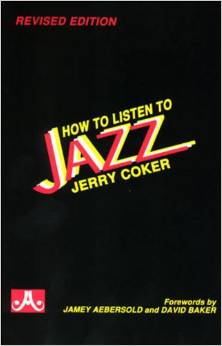
Found on pages 77 & 78 I highly recommend this book to all my Jazz students. Cheers, David 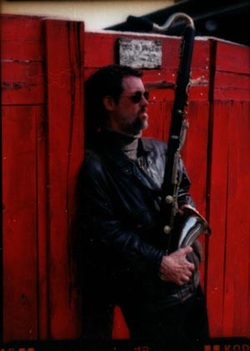 "Without a sound you have nothing?" Glen Hall What does this mean? Playing simply with good tone and beautiful phrasing is more important that playing fast, playing loud, or trying to play above your level. Artistry is possible for beginners who understand this. Cheers, David |
You've got to learn your instrument. Then, you practice, practice, practice. And then, when you finally get up there on the bandstand, forget all that and just wail. AuthorI'm a professional pianist and music educator in West Toronto Ontario. I'm also a devoted percussionist and drum teacher. Categories
All
|
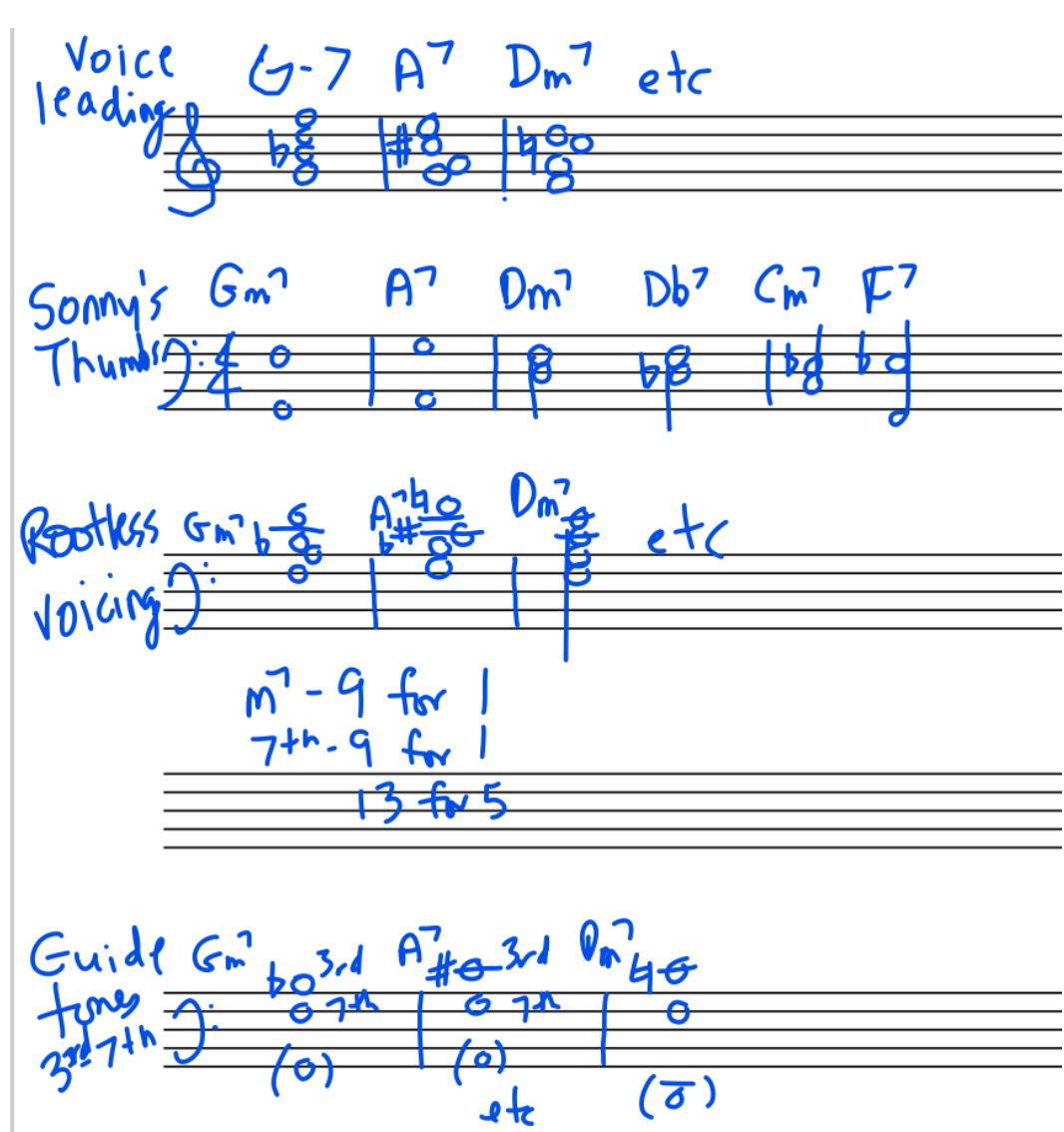
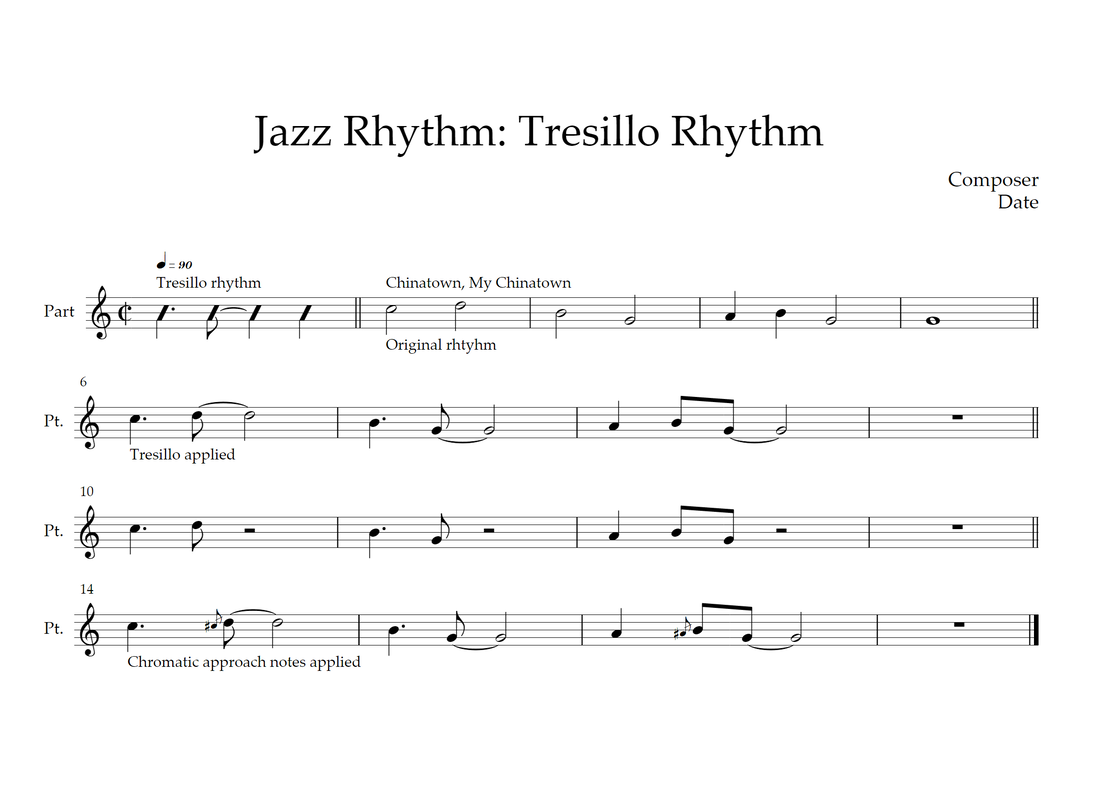
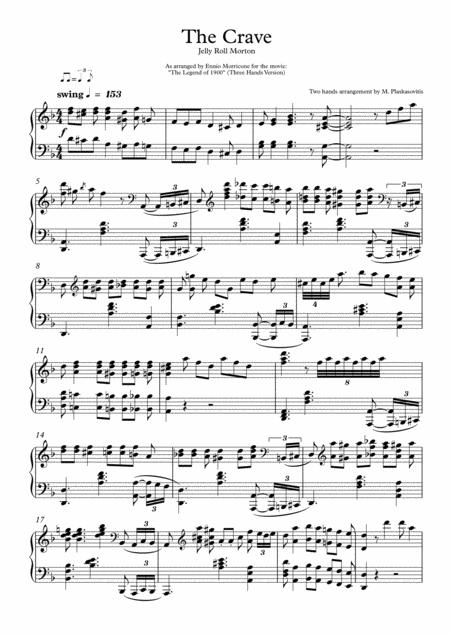
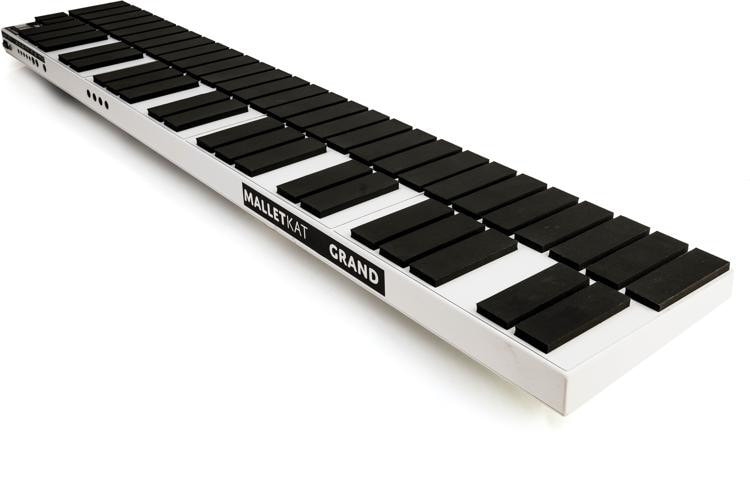
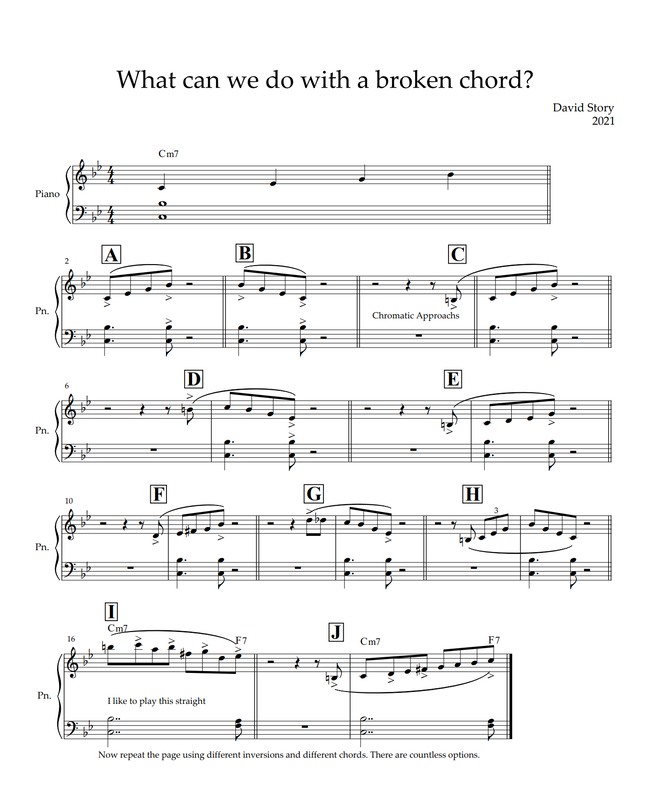
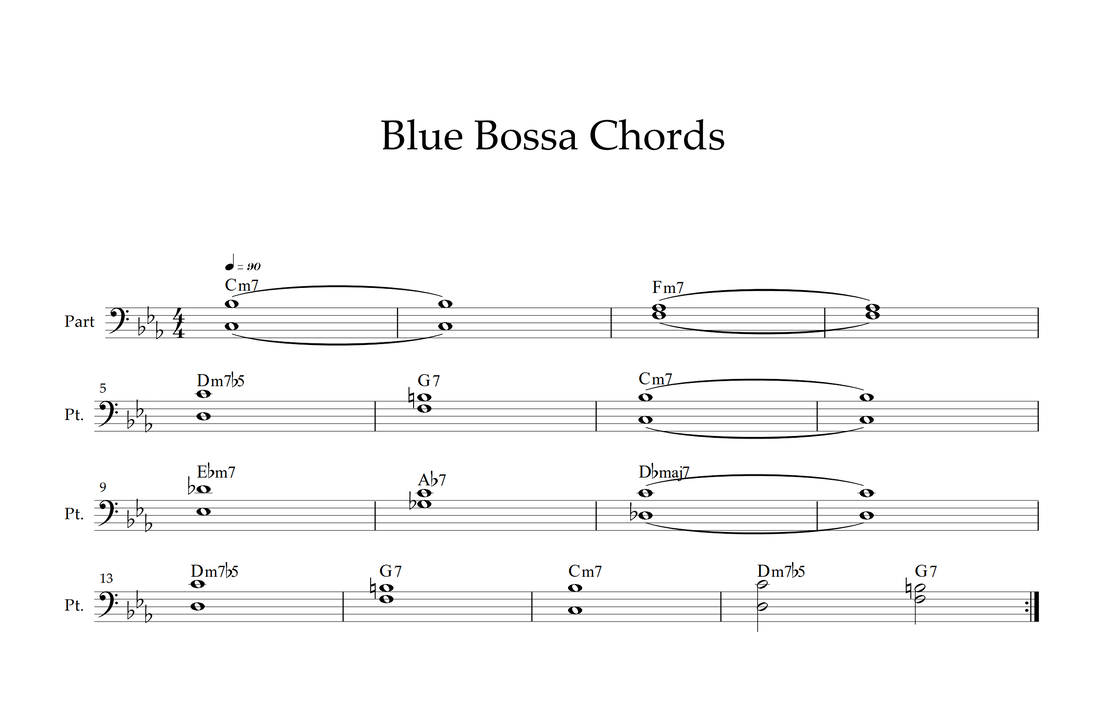
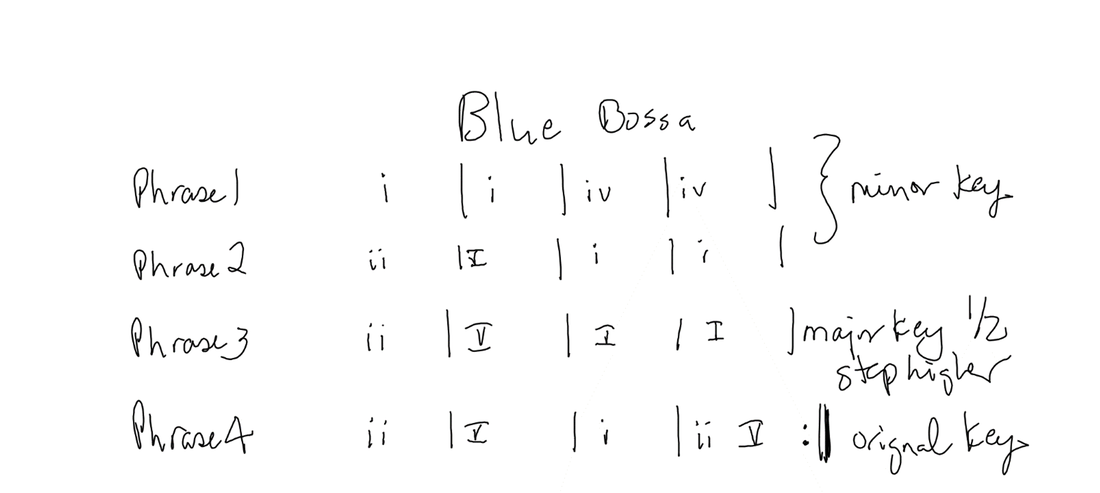
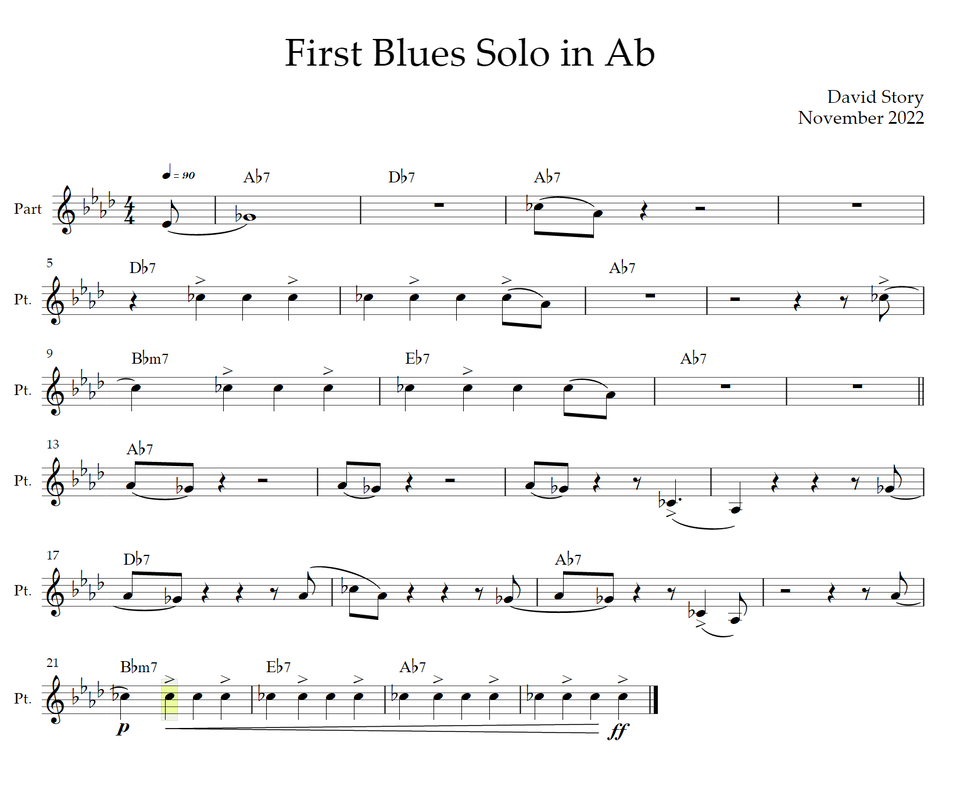
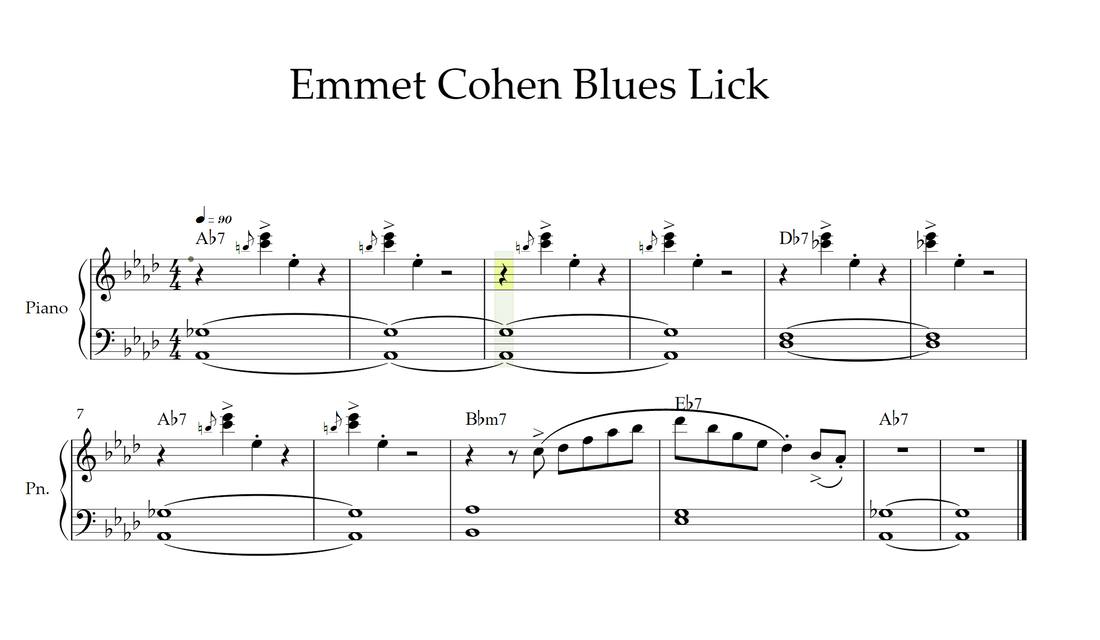
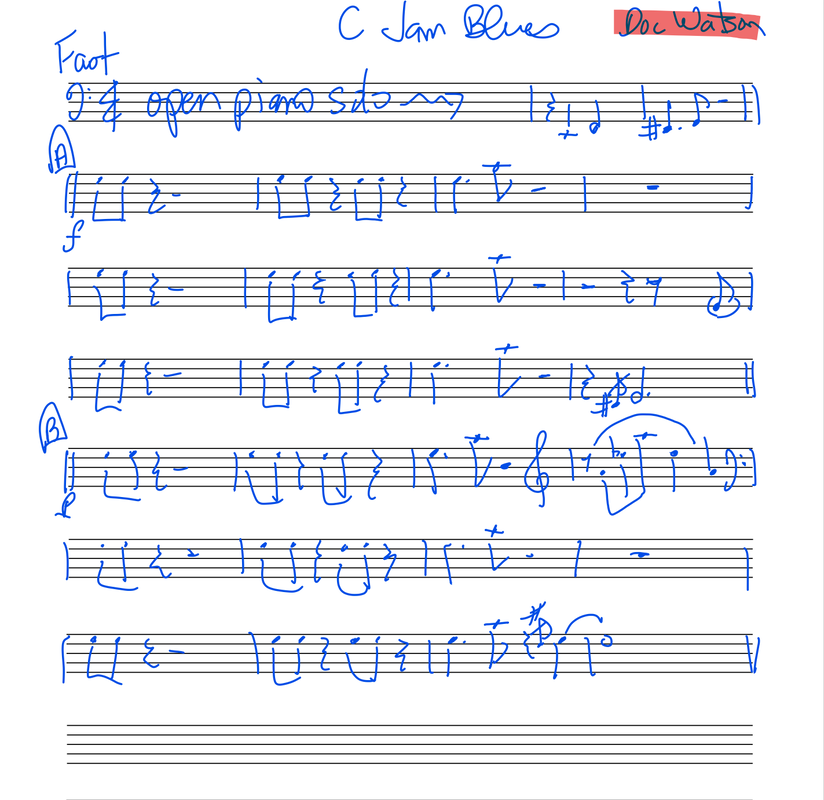
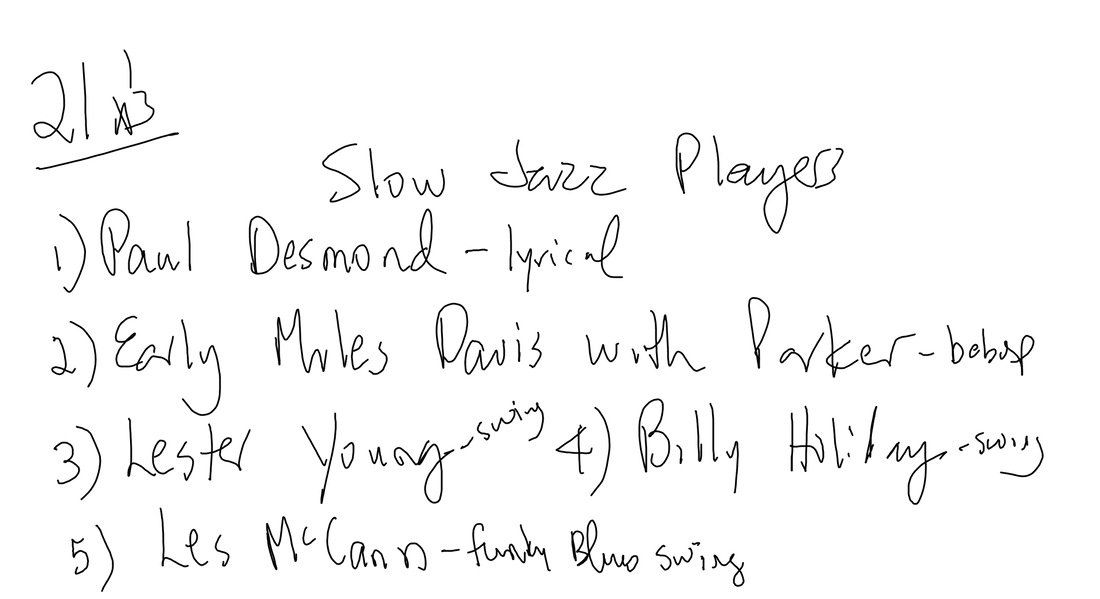
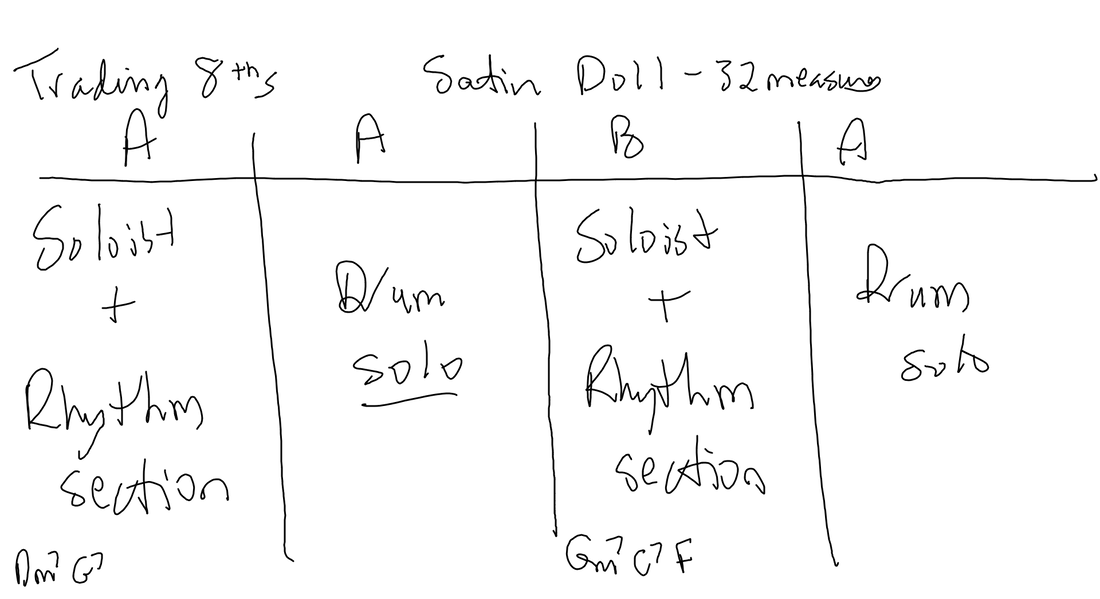
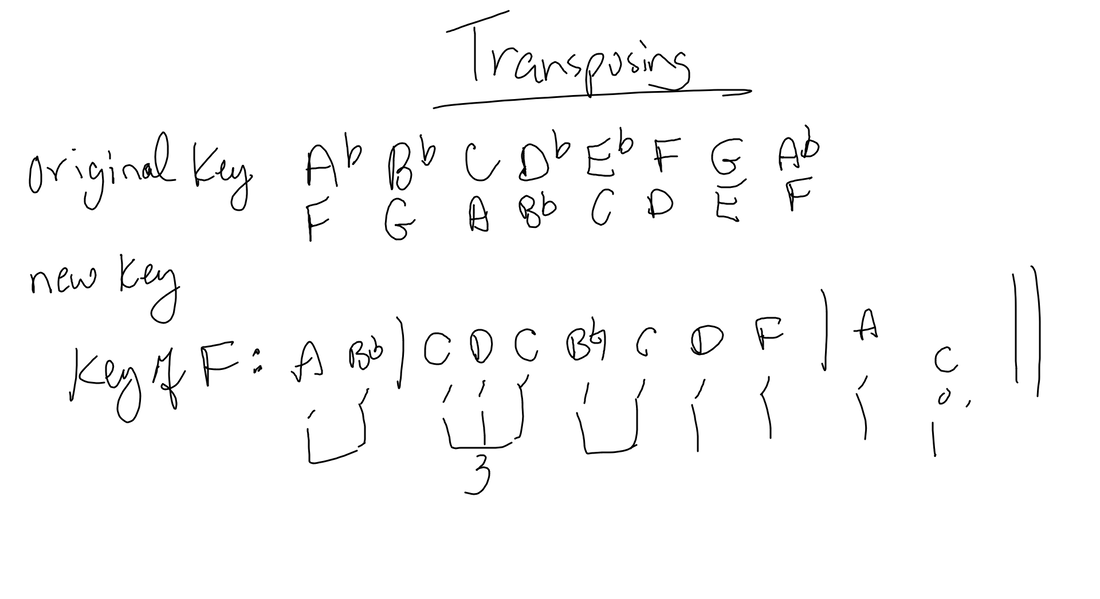
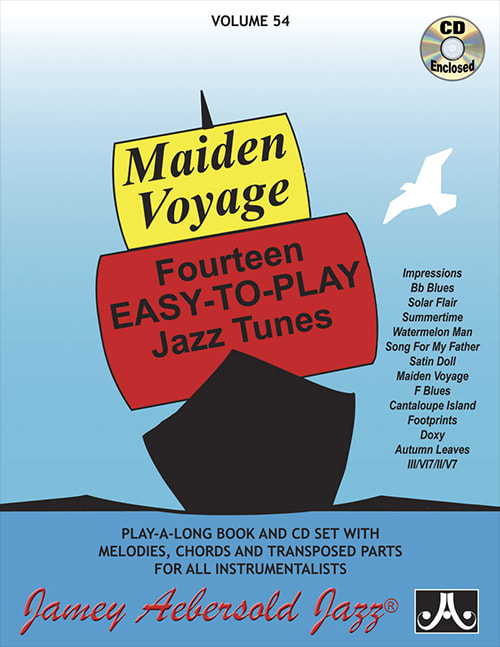
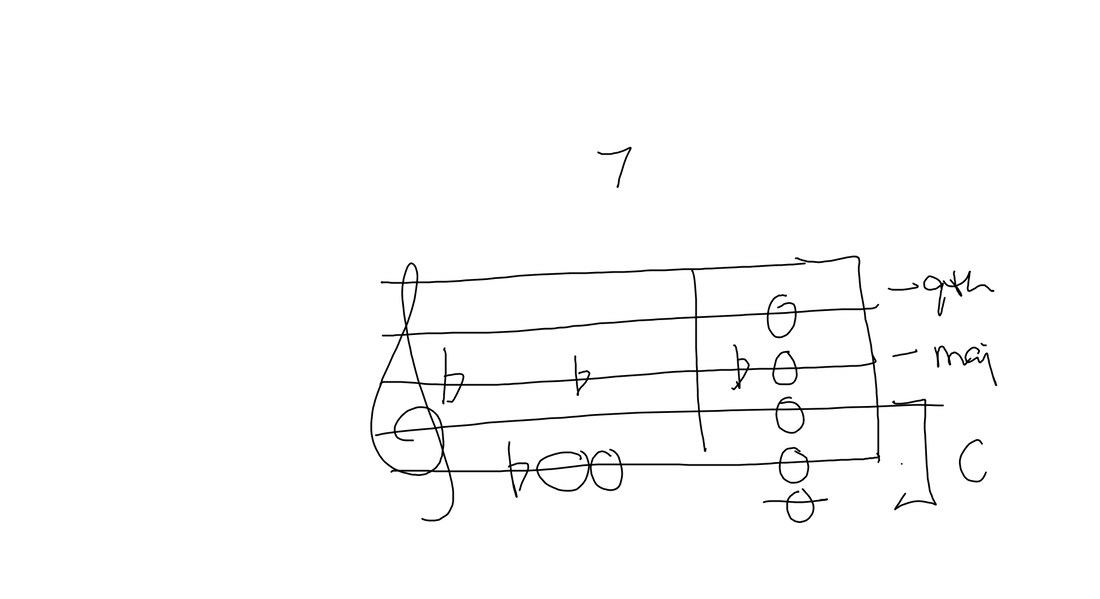

 RSS Feed
RSS Feed